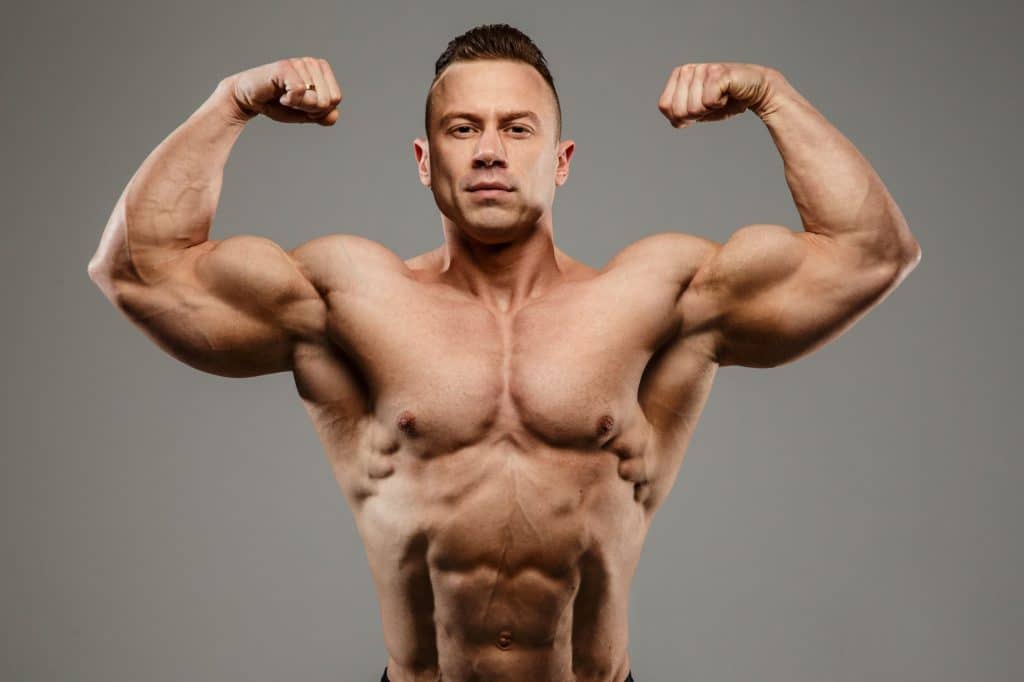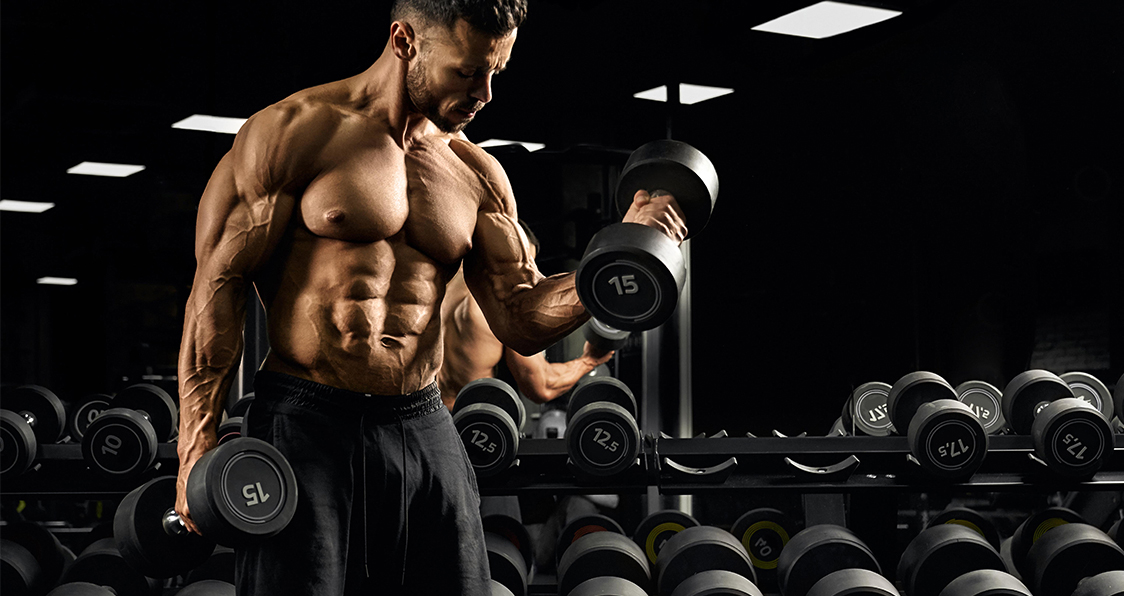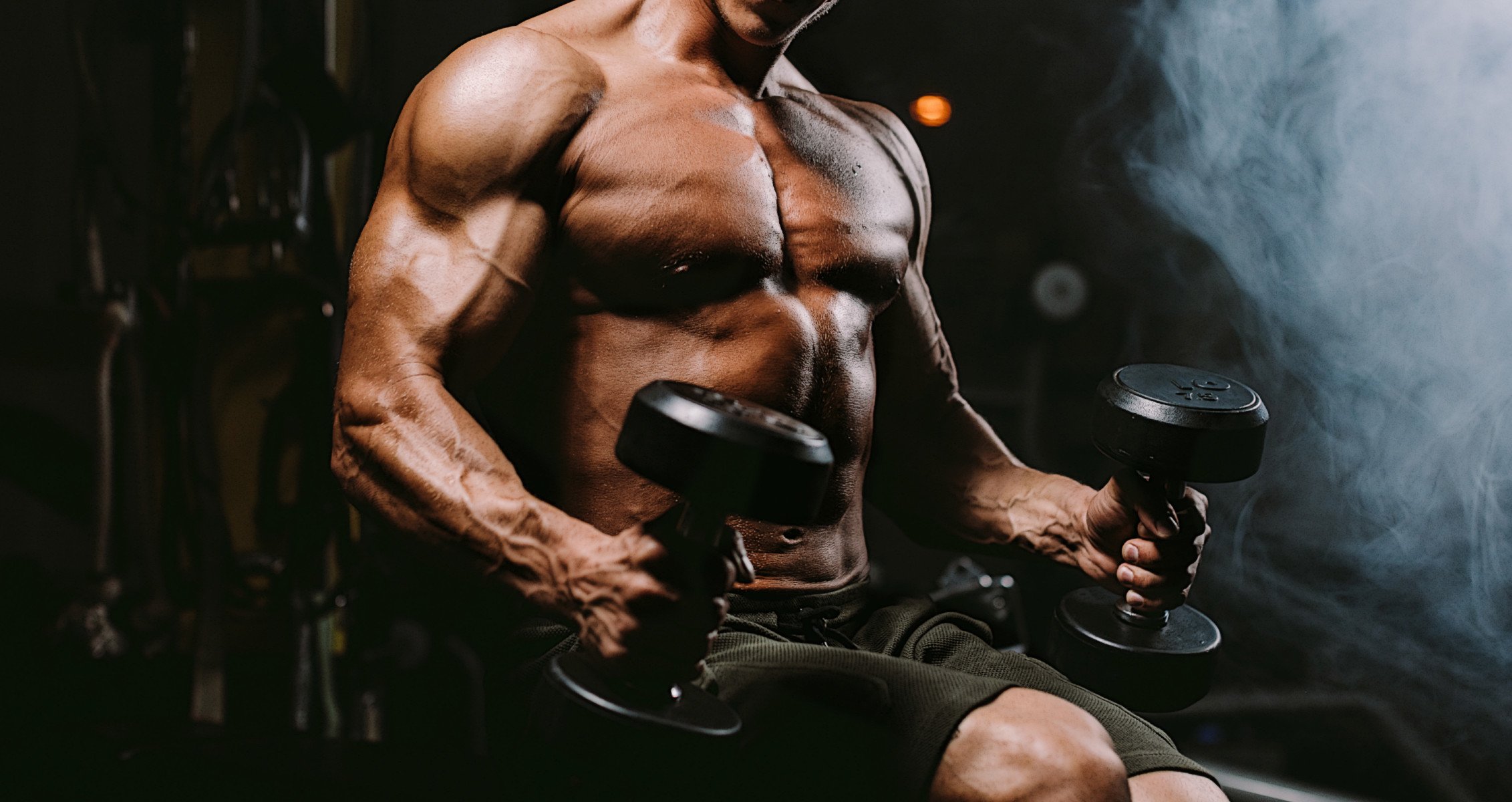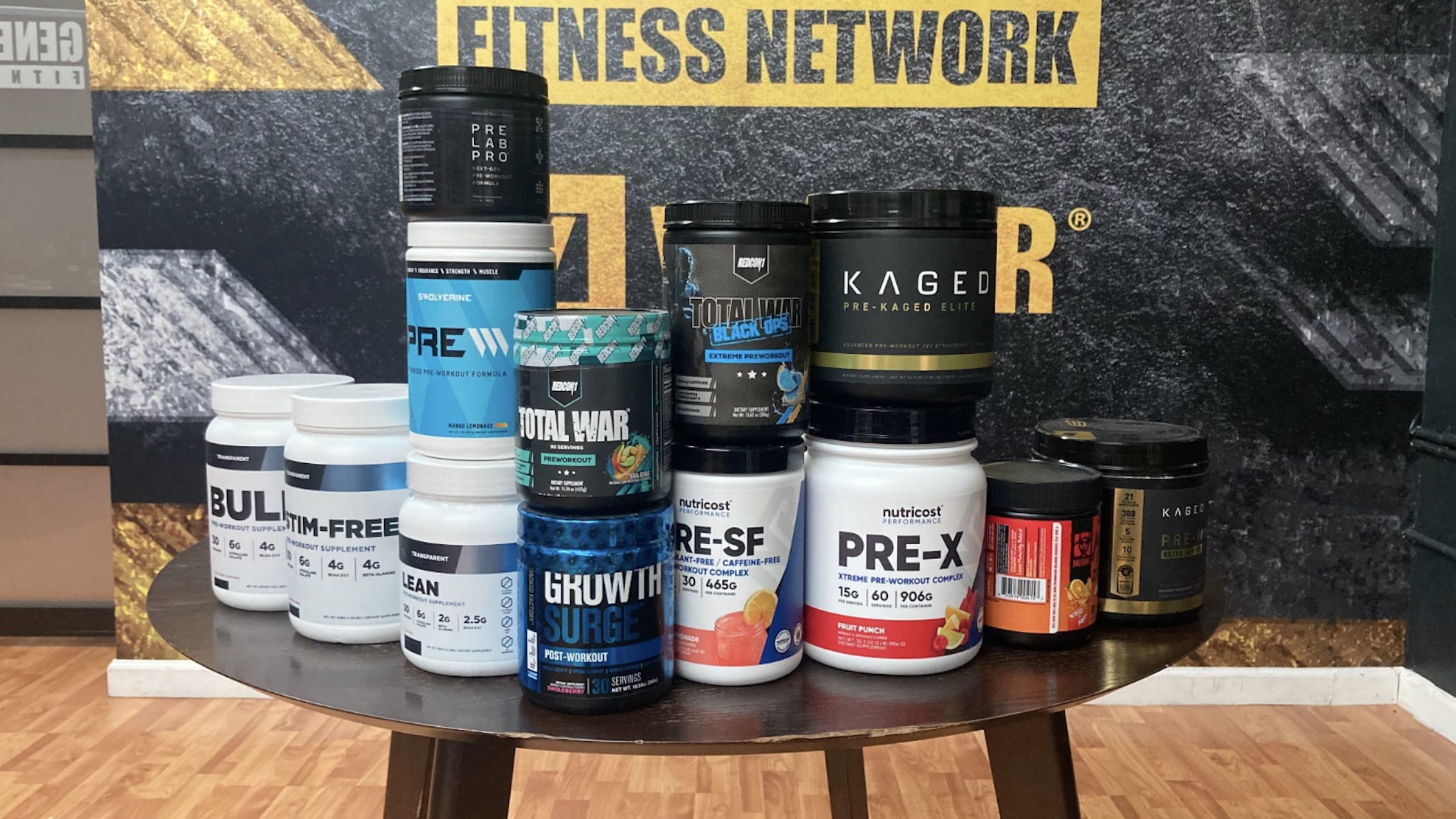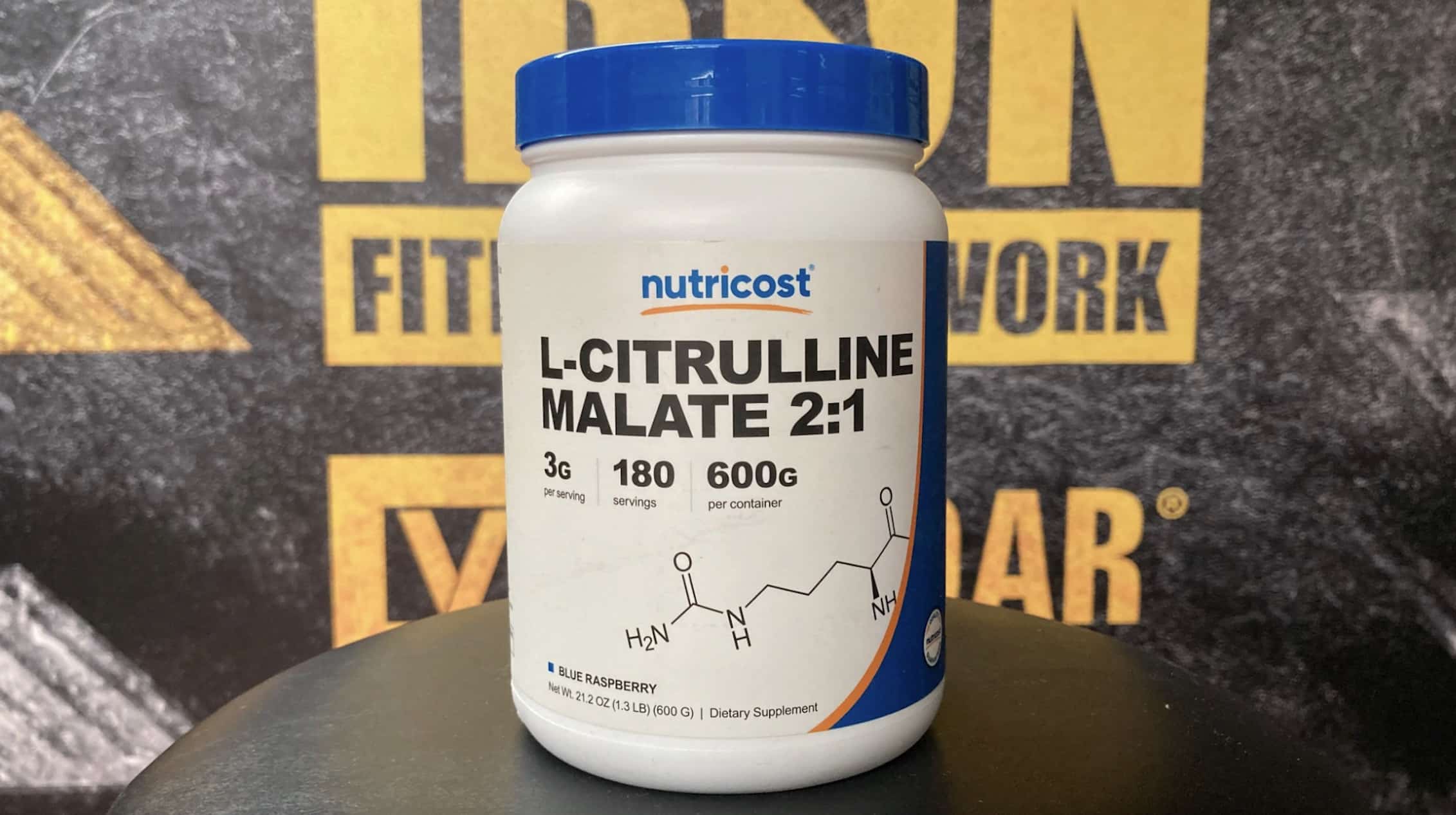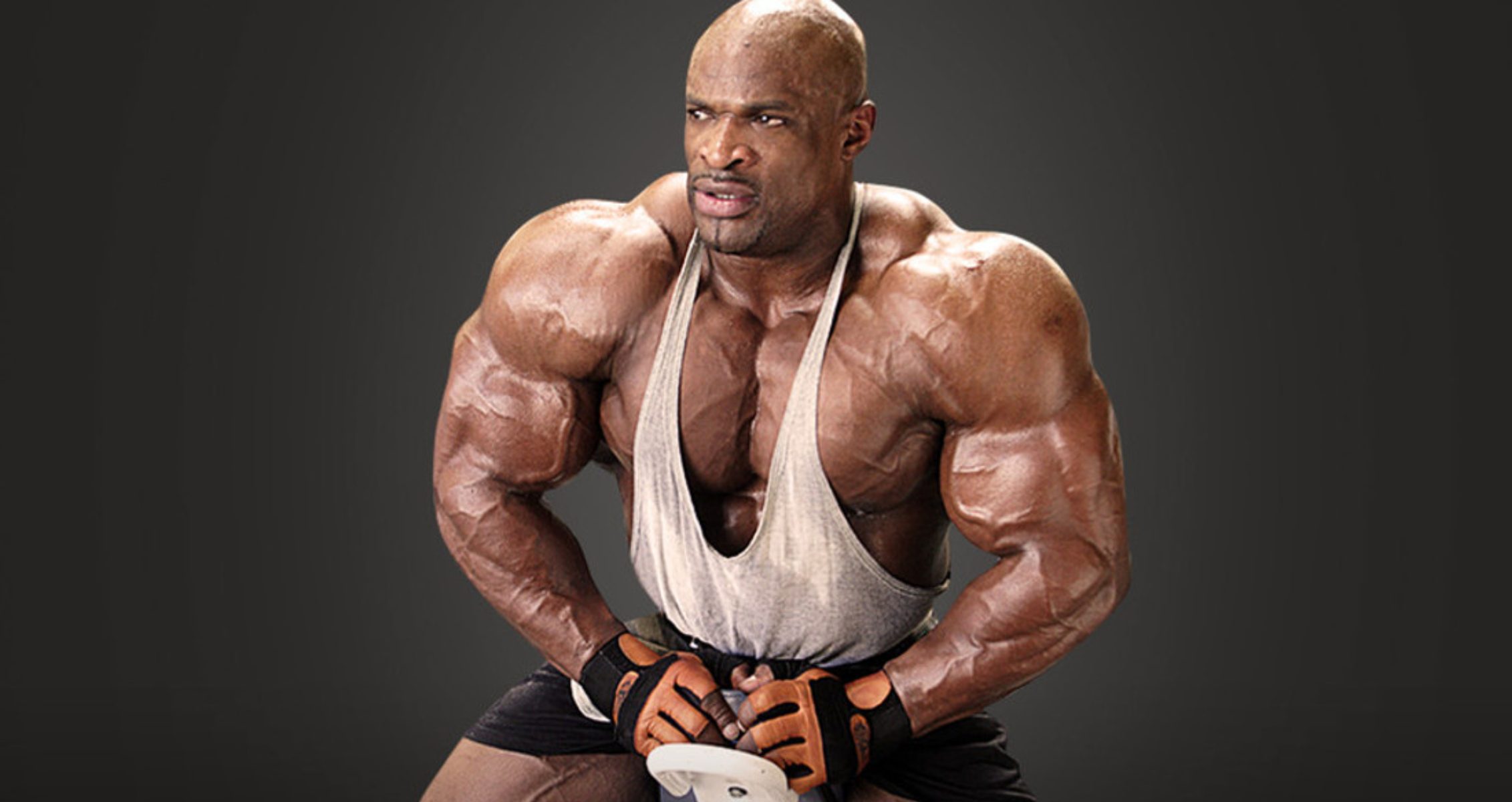Are your biceps average size?
When it comes to building an impressive physique, nothing captures attention quite like a set of well-developed biceps. Whether you’re a seasoned gym-goer or a casual fitness enthusiast, big biceps are often the focal point of arm workouts. But how do your biceps stack up to the average, and what can you do to grow them?
Let’s dive in.
Why Do Biceps Get All the Love?
There’s something about biceps that sparks fascination. They’re the go-to flex muscle, and even non-gym folks can recognize a good bicep when they see one. Whether it’s for the mirror selfies or the satisfaction of lifting heavier weights, the pursuit of bigger biceps is practically universal for those who train. Some take this desire to extremes, going so far as to inject harmful oils to artificially inflate their arms, a route no serious athlete should ever consider.
For everyone else, training your biceps the right way—not with shortcuts, but with smart, balanced workouts—is the key to unlocking real progress.
How to Measure Your Biceps Correctly
Before comparing your biceps to any averages, it’s crucial to measure them properly. The process is simple, but it’s easy to get caught up in the excitement and accidentally inflate your numbers. Here’s how to keep things accurate:
- Relaxed Measurement:
- Flexed Measurement:
- Flex your arm as hard as you can, curling your forearm toward your shoulder.
- Measure the circumference of the arm over the peak of the bicep. This number will likely be larger, but the relaxed number is more useful for benchmarks.
Now that you’ve got your measurement, let’s see how you stack up.
Average Bicep Size by Age
So, how do your numbers compare to the average? According to the CDC, arm circumference tends to peak around your mid-30s, then slowly decreases with age, assuming you’re not actively maintaining your muscle mass.
For Men:
| Age Range | Average Bicep Size (inches) |
|---|---|
| 20–29 | 13.3 inches (33.78 cm) |
| 30–39 | 13.8 inches (35.05 cm) |
| 40–49 | 13.9 inches (35.30 cm) |
| 50–59 | 13.5 inches (34.29 cm) |
| 60–69 | 13.4 inches (34.04 cm) |
| 70–79 | 12.9 inches (32.77 cm) |
| 80+ | 12.1 inches (30.73 cm) |
For Women:
| Age Range | Average Bicep Size (inches) |
|---|---|
| 20–29 | 12.4 inches (31.50 cm) |
| 30–39 | 12.9 inches (32.77 cm) |
| 40–49 | 12.9 inches (32.77 cm) |
| 50–59 | 12.9 inches (32.77 cm) |
| 60–69 | 12.7 inches (32.26 cm) |
| 70–79 | 12.6 inches (31.99 cm) |
| 80+ | 11.4 inches (28.96 cm) |
These measurements include both muscle and fat, and they’re based on relaxed arms. Keep in mind that these numbers are for the general population, not for athletes or bodybuilders.
What’s Considered Big?
Now, let’s address the question everyone really wants to know: what qualifies as “big” biceps? While this can vary based on your height and frame, here’s a rough guideline:
For Men:
- 11-12 inches (28-30 cm): Smaller side, could benefit from more focused arm training.
- 14-16 inches (35-41 cm): Noticeably muscular, showing solid progress.
- 16-18 inches (41-46 cm): You’ve clearly put in the work—your arms are impressive.
- 18-20 inches (46-51 cm): Elite status, likely turning heads at the gym.
For Women:
- 10-11 inches (25-28 cm): Lean, potentially lacking significant muscle mass.
- 14-16 inches (35-41 cm): Strong and likely more muscular than most of your peers.
- 16-18 inches (41-46 cm): You’re in bodybuilding territory, with arms that demand attention.
Remember, these numbers assume you’re in relatively lean condition. Someone carrying more body fat may have larger measurements, but without the muscle definition that’s most coveted.
Do Height and Bicep Size Correlate?
Interestingly, height isn’t a great predictor of bicep size. Instead, wrist circumference often has a stronger relationship with arm size. Individuals with thicker wrists usually have the genetic potential for bigger biceps, regardless of height.
The Gold Standard: Bodybuilders’ Biceps
For those aiming for the pinnacle of arm development, the 20-inch bicep has long been the holy grail of bodybuilding, such as on the Mr. Olympia stage. While that might seem unattainable for most, it’s worth noting some of the biggest names in bodybuilding and their measurements:
- Ronnie Coleman: 24 inches (60.96 cm)
- Phil Heath: 23 inches (58.42 cm)
- Kai Greene: 22 inches (55.88 cm)
- Chris Bumstead: 22 inches (55.88 cm)
- Andrea Shaw (Female): 17 inches (45.72 cm)
While these athletes represent the extreme end of the spectrum, their measurements highlight the incredible potential of dedicated training and genetics.
Why Your Biceps Might Not Be Growing
Despite your best efforts, you might feel like your biceps aren’t keeping up with your expectations. Here’s why:
- Overtraining: Biceps are engaged in many upper-body exercises like rows and pull-ups. Overworking them with too many isolation exercises can actually stall growth.
- Lack of Variety: Sticking to the same few exercises can lead to stagnation. Mix up your routine with different grips, tempos, and body positions.
- Neglecting Triceps: Your upper arm is made up of both biceps and triceps, and triceps actually make up the larger portion. Balanced training is essential for bigger, fuller arms.
How to Build Bigger Biceps
Building bigger arms requires consistent, targeted training. Here are some tried-and-true exercises to help you get there:
- Barbell Curls: 3 sets of 8-10 reps
- Preacher Curls: 3 sets of 10-12 reps
- Close-Grip Bench Press (for triceps): 3 sets of 8-10 reps
- Skull Crushers (for triceps): 3 sets of 10-12 reps
Avoid the temptation to do too many isolation exercises. Stick to 2-3 solid bicep and tricep exercises in each arm workout. Overloading your routine can lead to burnout and injuries, setting back your progress.
The Bigger Picture: Develop Your Whole Body
As much as we all want bigger biceps, focusing solely on arm training isn’t the answer. The most effective way to grow your arms is through balanced full-body workouts that build strength and size everywhere. Strong legs, chest, and back will not only improve your physique but will also support greater gains in arm size.
And remember: size isn’t everything. Definition and balance are what truly make a great physique.
Bicep Size Conclusion
While the average bicep size might not blow you away, consistent training can help you surpass those numbers. But growing bigger arms takes time, patience, and the right approach. Train smart, avoid shortcuts, and remember to balance your arm workouts with the rest of your body.
With a solid plan and dedication, you can build impressive biceps that not only measure up but stand out.
Let us know what you think in the comments below. Also, be sure to follow Generation Iron on Facebook, Twitter, and Instagram.
